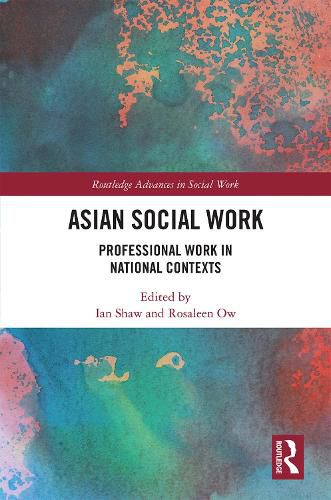Readings Newsletter
Become a Readings Member to make your shopping experience even easier.
Sign in or sign up for free!
You’re not far away from qualifying for FREE standard shipping within Australia
You’ve qualified for FREE standard shipping within Australia
The cart is loading…






The countries of East and Southeast Asia, taken as a whole, display a laboratory of social and political conditions, with individual countries presenting a variety of political, cultural and social characteristics. Some with one-party state systems, others with stable liberal democracies and yet others with more fragile democratic systems. As such the region presents a unique opportunity to examine the relationship between diverse national environments and social work education regimes.
In this book, social work educators and theorists from around East and Southeast Asia provide accounts of the social work programs within the higher education systems of their respective countries and compare them to those of their neighbours. This is the first book to offer a structured account of how social work and social work education have emerged and finds their present place in the historical, economic, political, urban/rural and higher education contexts of Southeast Asia and East Asia. Experts from the region assess the extent to which these countries’ systems possess a collective coherence, while examining the diversity among them.
$9.00 standard shipping within Australia
FREE standard shipping within Australia for orders over $100.00
Express & International shipping calculated at checkout
The countries of East and Southeast Asia, taken as a whole, display a laboratory of social and political conditions, with individual countries presenting a variety of political, cultural and social characteristics. Some with one-party state systems, others with stable liberal democracies and yet others with more fragile democratic systems. As such the region presents a unique opportunity to examine the relationship between diverse national environments and social work education regimes.
In this book, social work educators and theorists from around East and Southeast Asia provide accounts of the social work programs within the higher education systems of their respective countries and compare them to those of their neighbours. This is the first book to offer a structured account of how social work and social work education have emerged and finds their present place in the historical, economic, political, urban/rural and higher education contexts of Southeast Asia and East Asia. Experts from the region assess the extent to which these countries’ systems possess a collective coherence, while examining the diversity among them.